Buellia subdisciformis (Leight.) Jatta
Syll. Lich. Ital.: 392, 1900. Basionym: Lecidea subdisciformis Leight. - Lich. Fl. Gr. Brit.: 308, 1871.
Synonyms: Buellia ryssolea (Leight.) A.L. Sm.; Buellia sejuncta J. Steiner; Buellia subdisciformis var. scutariensis J. Steiner?; Lecidea ryssolea Leight.
Distribution: N - Lig. C - Tosc, Sar (Monte 1993, Scheidegger 1993, Nöske 2000, Rizzi & al. 2011, Neuwirth 2018). S - Si (Scheidegger 1993).
Description: Thallus crustose, episubstratic, rimose to bullate-areolate, up to 1 mm thick, white to pale grey-brown, often delimited by a black prothallus, forming large, often more than 5 cm wide patches, the areoles 0.2-1.3 mm wide, flat to strongly convex. Medulla white, I-. Apothecia lecideine, black, rarely faintly white-pruinose when young, (0.2-)0.4-1(-1.8) mm across, sessile, with a flat to slightly convex disc, and a rather thick, raised, usually persistent proper margin. Proper exciple thick, Leptocline-type, homogeneously dark brown, with an additional orange pigment reacting K+ reddish (solution), the inner part of long-celled, interwoven hyphae, the outer part of long-celled, parallel, strongly agglutinated and thick-walled hyphae; epithecium brown, N-; hymenium colourless or pale yellow in upper and lower parts, not inspersed with oil droplets; paraphyses simple to sparingly branched, the apical cells swollen, with a dark cap; hypothecium dark red-brown. Asci 8-spored, clavate to cylindrical-clavate, the apical dome K/I+ dark blue with a pale, conical-pointed apical cushion (axial mass), the wall I-, but the thin outer gel I+ blue, Bacidia-type. Ascospores 1-septate, brown, oblong to ellipsoid, with obtuse ends, (9-)11-16(-20) x (5-)6-8(-10) µm, Physconia-type, with a microrugulate ornamentation. Pycnidia black, semi-immersed in the thallus. Conidia bacilliform, 6-14.5 x 0.8-1.5 µm. Photobiont chlorococcoid. Spot tests: K+ yellow turning red, C-, KC-, P+ yellow-orange, UV-. Chemistry: atranorin, norstictic, and secalonic acids, plus traces of other substances of the stictic acid complex.Note: a mild-temperate to humid subtropical species found on siliceous rocks at low elevations, chiefly Mediterranean-Atlantic in Europe and Tyrrhenian in Italy. The records from Lombardy by Valcuvia & al. (2003) and Delucchi & Valcuvia (2004) are dubious.
Growth form: Crustose
Substrata: rocks
Photobiont: green algae other than Trentepohlia
Reproductive strategy: mainly sexual
Most common in areas with a humid-warm climate (e.g. most of Tyrrenian Italy)
Taxon bound to maritime-coastal situations
Commonnes-rarity: (info)
Alpine belt: absent
Subalpine belt: absent
Oromediterranean belt: absent
Montane belt: absent
Submediterranean belt: absent
Padanian area: absent
Humid submediterranean belt: absent
Humid mediterranean belt: rather rare
Dry mediterranean belt: very rare
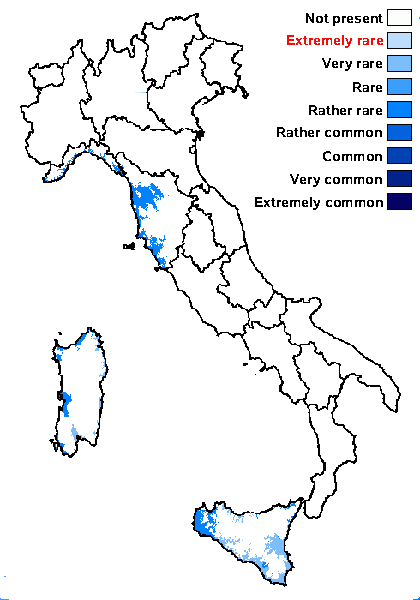
Predictive model
Herbarium samples
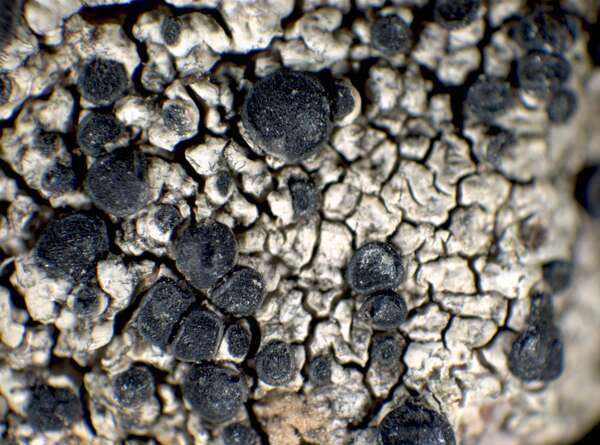

P.L. Nimis; Owner: Department of Life Sciences, University of Trieste
Herbarium: TSB (12857)
2001/11/01
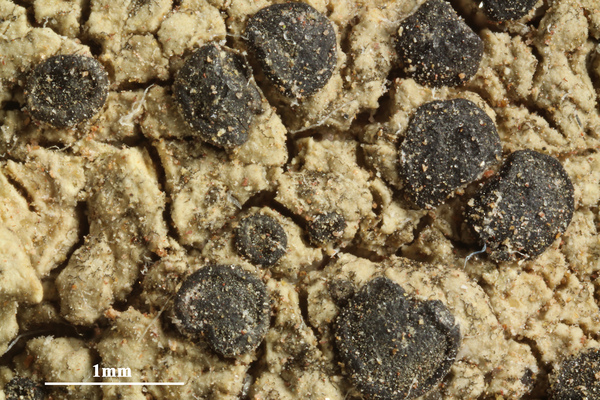

Felix Schumm; Owner: CC BY-SA 4.0
[TSB_12857], Italy, Tuscany, Prov. Livorno, Island of Capraia, 10 m , on tuff near the coast. Leg. P.L. Nimis, M. Tretiach, M. Castello, 04.1988. Rev. Ch. Scheidegger, 1989
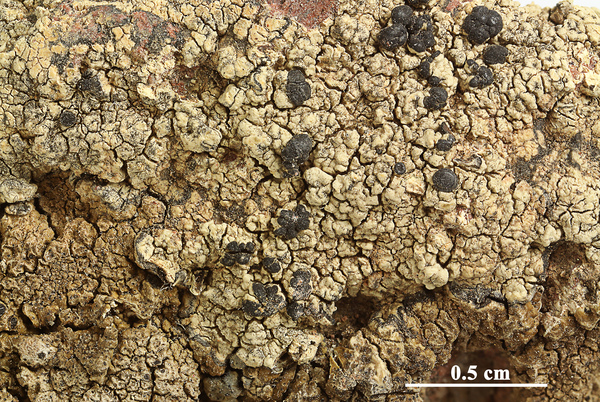

Felix Schumm; Owner: CC BY-SA 4.0
[TSB_12857], Italy, Tuscany, Prov. Livorno, Island of Capraia, 10 m , on tuff near the coast. Leg. P.L. Nimis, M. Tretiach, M. Castello, 04.1988. Rev. Ch. Scheidegger, 1989
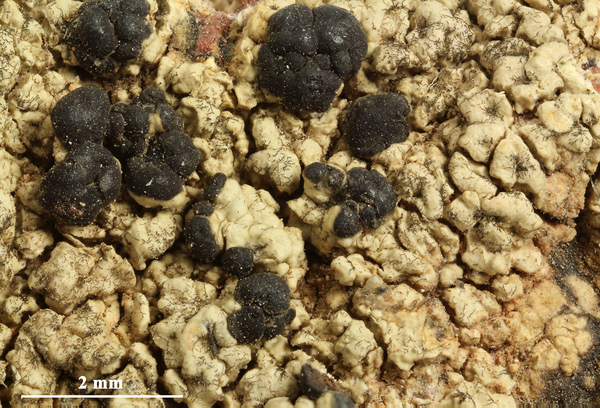

Felix Schumm; Owner: CC BY-SA 4.0
[TSB_12857], Italy, Tuscany, Prov. Livorno, Island of Capraia, 10 m , on tuff near the coast. Leg. P.L. Nimis, M. Tretiach, M. Castello, 04.1988. Rev. Ch. Scheidegger, 1989
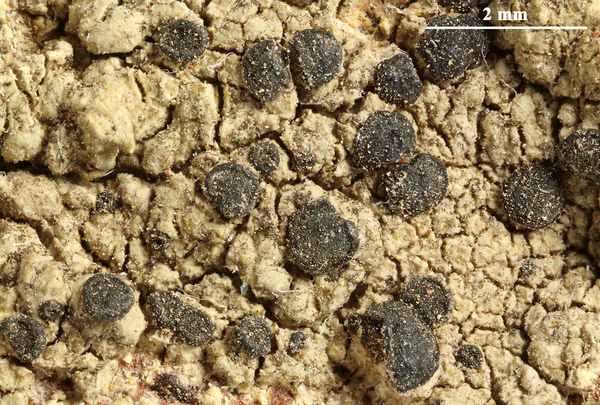

Felix Schumm; Owner: CC BY-SA 4.0
[TSB_12857], Italy, Tuscany, Prov. Livorno, Island of Capraia, 10 m , on tuff near the coast. Leg. P.L. Nimis, M. Tretiach, M. Castello, 04.1988. Rev. Ch. Scheidegger, 1989
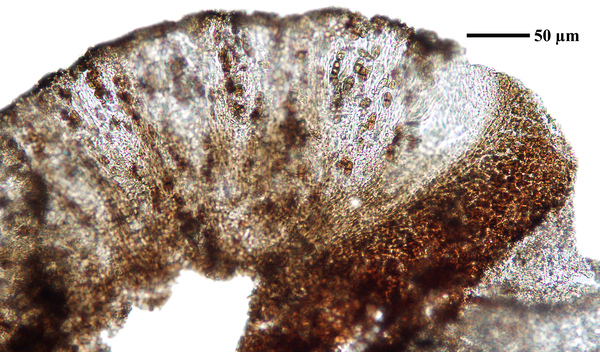

Felix Schumm - CC BY-SA 4.0
[TSB_12857], Italy, Tuscany, Prov. Livorno, Island of Capraia, 10 m , on tuff near the coast. Leg. P.L. Nimis, M. Tretiach, M. Castello, 04.1988. Rev. Ch. Scheidegger, 1989
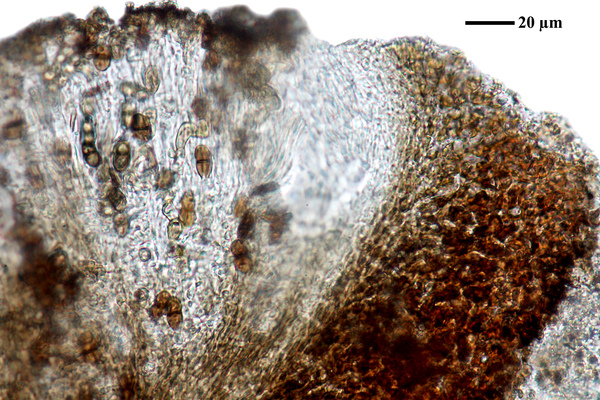

Felix Schumm - CC BY-SA 4.0
[TSB_12857], Italy, Tuscany, Prov. Livorno, Island of Capraia, 10 m , on tuff near the coast. Leg. P.L. Nimis, M. Tretiach, M. Castello, 04.1988. Rev. Ch. Scheidegger, 1989


Felix Schumm - CC BY-SA 4.0
[TSB_12857], Italy, Tuscany, Prov. Livorno, Island of Capraia, 10 m , on tuff near the coast. Leg. P.L. Nimis, M. Tretiach, M. Castello, 04.1988. Rev. Ch. Scheidegger, 1989
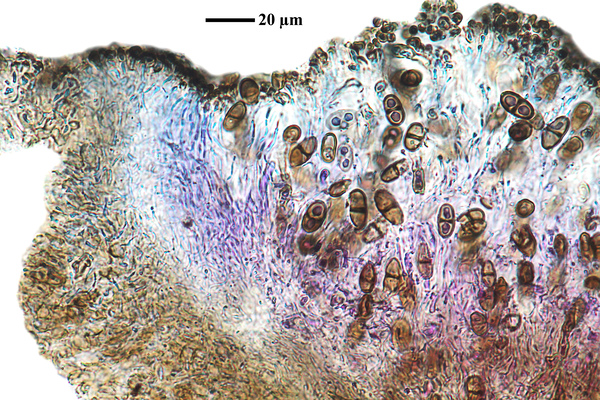

Felix Schumm - CC BY-SA 4.0
[TSB_12857], Italy, Tuscany, Prov. Livorno, Island of Capraia, 10 m , on tuff near the coast. Leg. P.L. Nimis, M. Tretiach, M. Castello, 04.1988. Rev. Ch. Scheidegger, 1989
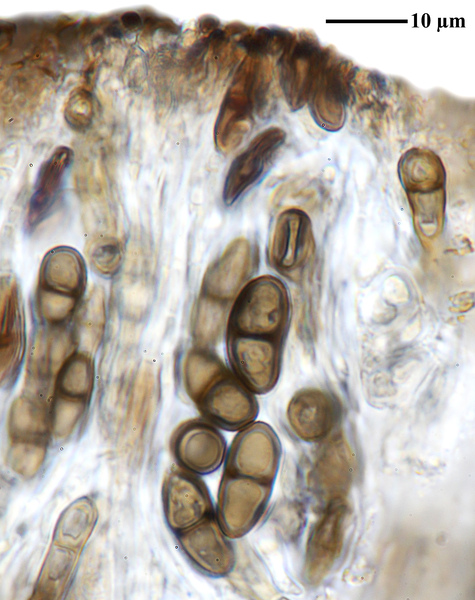

Felix Schumm - CC BY-SA 4.0
[TSB_12857], Italy, Tuscany, Prov. Livorno, Island of Capraia, 10 m , on tuff near the coast. Leg. P.L. Nimis, M. Tretiach, M. Castello, 04.1988. Rev. Ch. Scheidegger, 1989
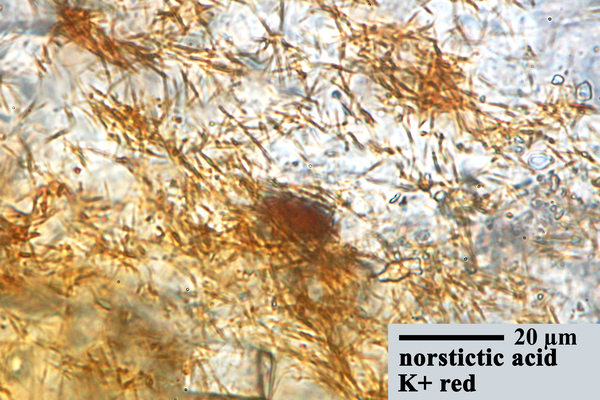

Felix Schumm - CC BY-SA 4.0
[TSB_12857], Italy, Tuscany, Prov. Livorno, Island of Capraia, 10 m , on tuff near the coast. Leg. P.L. Nimis, M. Tretiach, M. Castello, 04.1988. Rev. Ch. Scheidegger, 1989
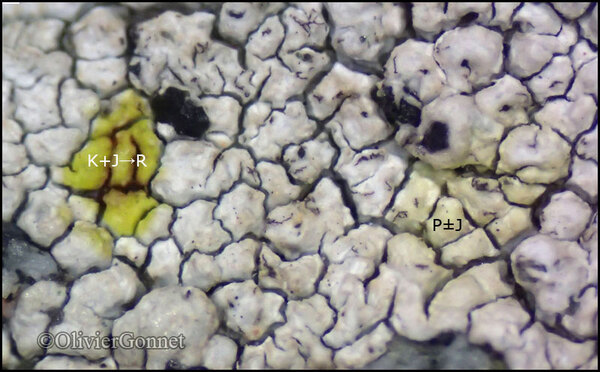
Courtesy Danièle et Olivier Gonnet - Source: https://www.afl-lichenologie.fr/Photos_AFL/Photos_AFL_B/Buellia_subdisciformis.htm
France, Ajaccio, Pointe de la Parata, alt.5 m - Corse
11/10/2018
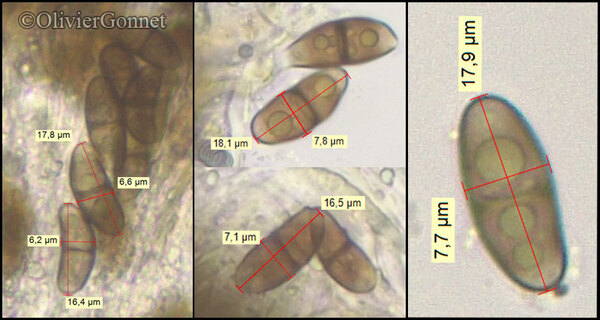
Courtesy Danièle et Olivier Gonnet - Source: https://www.afl-lichenologie.fr/Photos_AFL/Photos_AFL_B/Buellia_subdisciformis.htm
France, Ajaccio, Pointe de la Parata, alt.5 m - Corse
11/10/2018
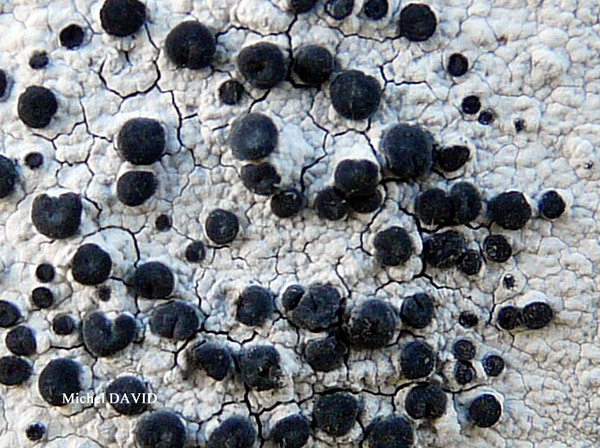
Michel David - Source: http://www.lichensmaritimes.org/index.php?task=fiche&lichen=113&lang=en
France, Cap de la Chèvre
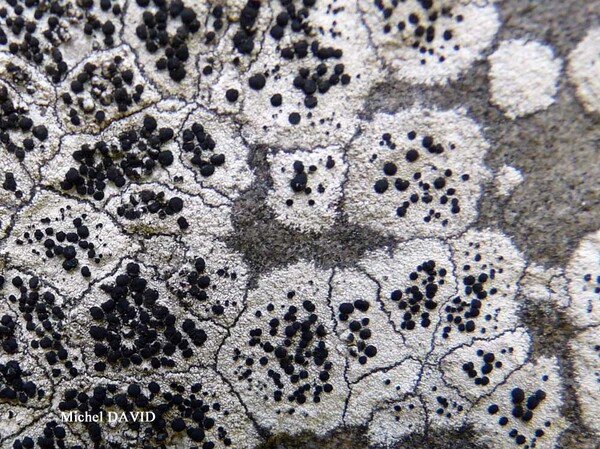
Michel David - Source: http://www.lichensmaritimes.org/index.php?task=fiche&lichen=113&lang=en
France, Cap de la Chèvre

Michel David - Source: http://www.lichensmaritimes.org/index.php?task=fiche&lichen=113&lang=en
France, Pointe de Pen-Hir
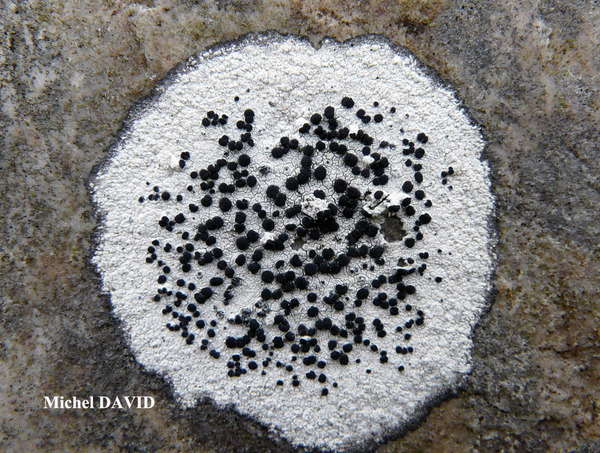
Michel David - Source: http://www.lichensmaritimes.org/index.php?task=fiche&lichen=113&lang=en
France, Pointe de Rostudel
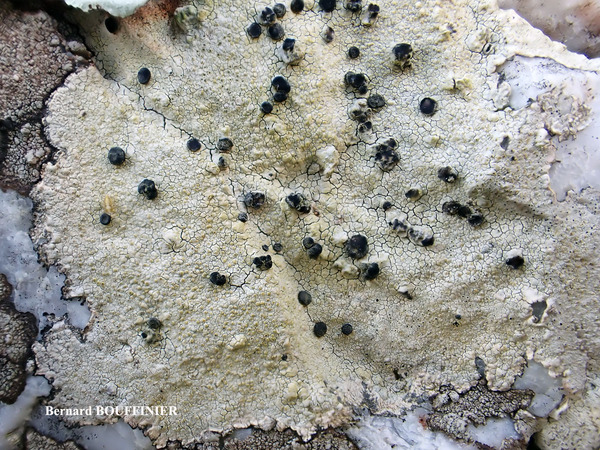
Bernard Bouffinier - Source: http://www.lichensmaritimes.org/index.php?task=fiche&lichen=113&lang=en
France, Le Toulinguet
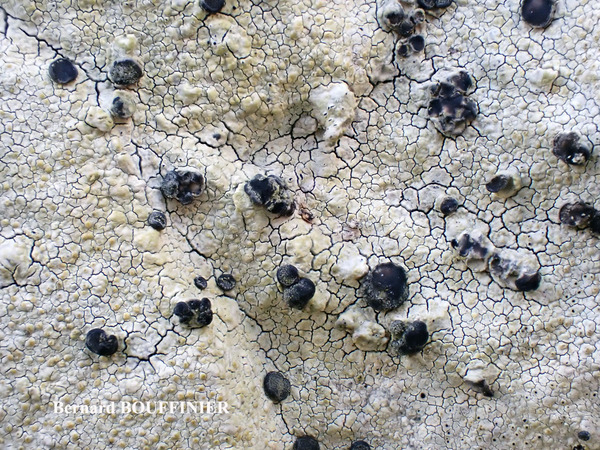
Bernard Bouffinier - Source: http://www.lichensmaritimes.org/index.php?task=fiche&lichen=113&lang=en
France, Le Toulinguet
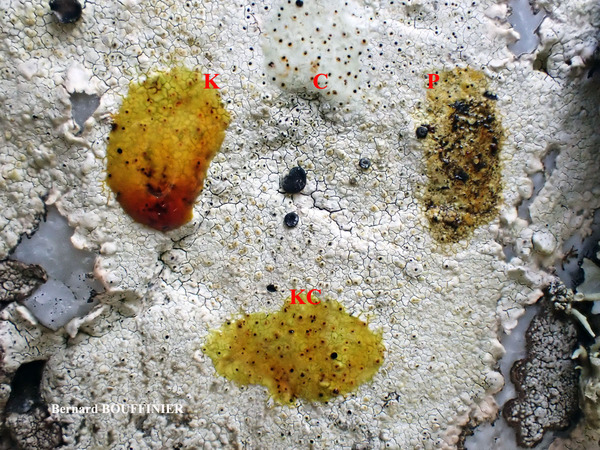
Bernard Bouffinier - Source: http://www.lichensmaritimes.org/index.php?task=fiche&lichen=113&lang=en
France, Le Toulinguet
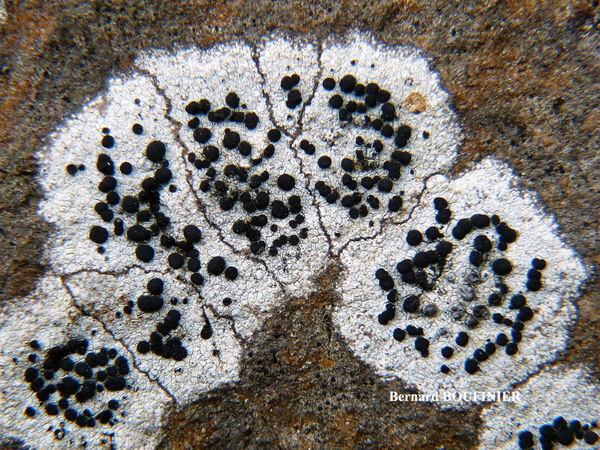
Bernard Bouffinier - Source: http://www.lichensmaritimes.org/index.php?task=fiche&lichen=113&lang=en
France, Landevennec
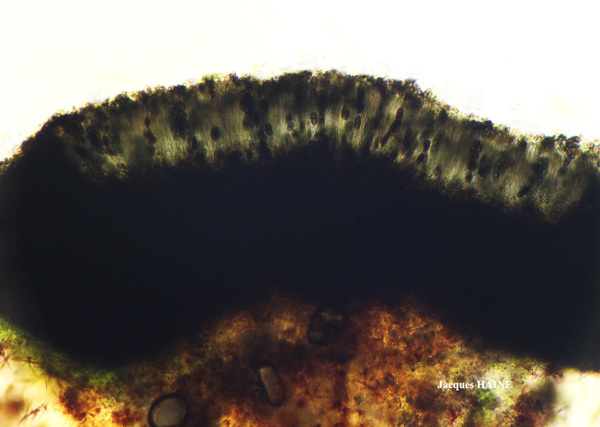
Jacques Haine - Source: http://www.lichensmaritimes.org/index.php?task=fiche&lichen=113&lang=en
France, Roscanvel
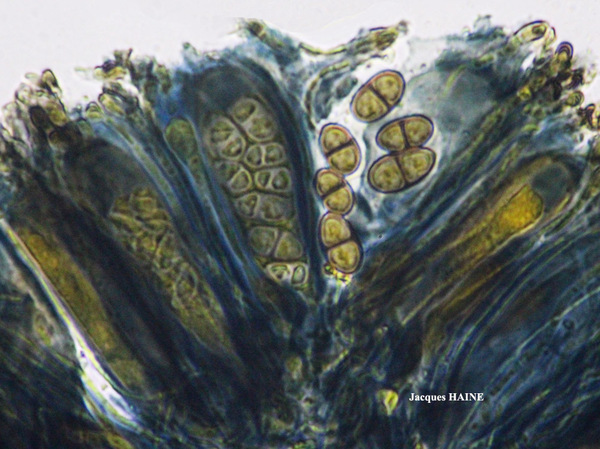
Jacques Haine - Source: http://www.lichensmaritimes.org/index.php?task=fiche&lichen=113&lang=en
France, Roscanvel
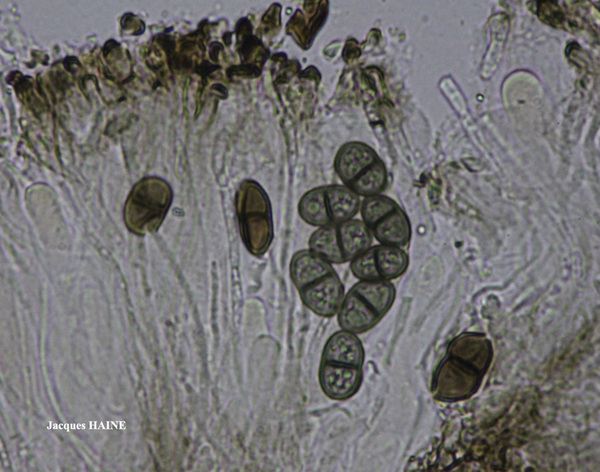
Jacques Haine - Source: http://www.lichensmaritimes.org/index.php?task=fiche&lichen=113&lang=en
France, Roscanvel

Jacques Haine - Source: http://www.lichensmaritimes.org/index.php?task=fiche&lichen=113&lang=en
France, Roscanvel
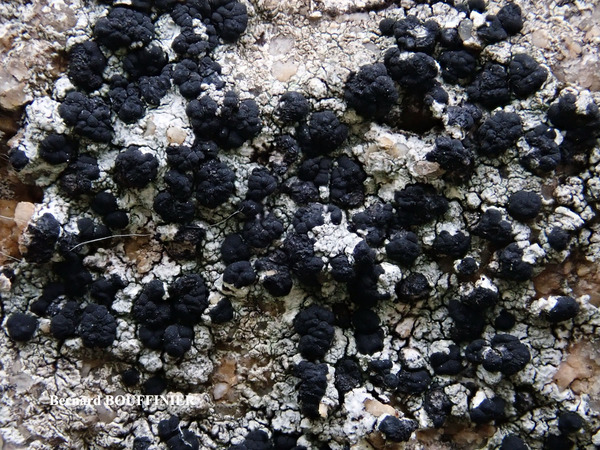
Bernard Bouffinier - Source: http://www.lichensmaritimes.org/index.php?task=fiche&lichen=113&lang=en
France, Pointe de Primel
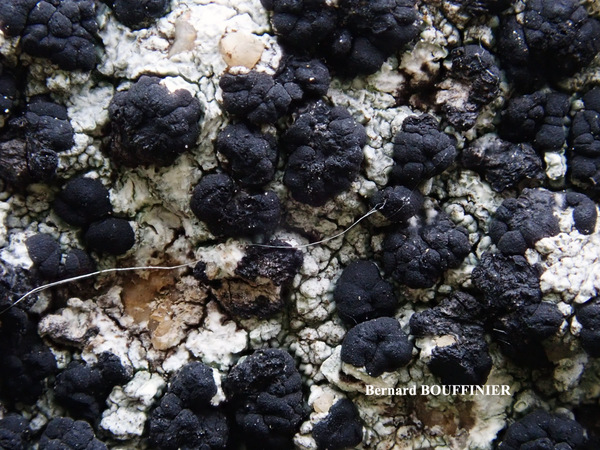
Bernard Bouffinier - Source: http://www.lichensmaritimes.org/index.php?task=fiche&lichen=113&lang=en
France, Pointe de Primel
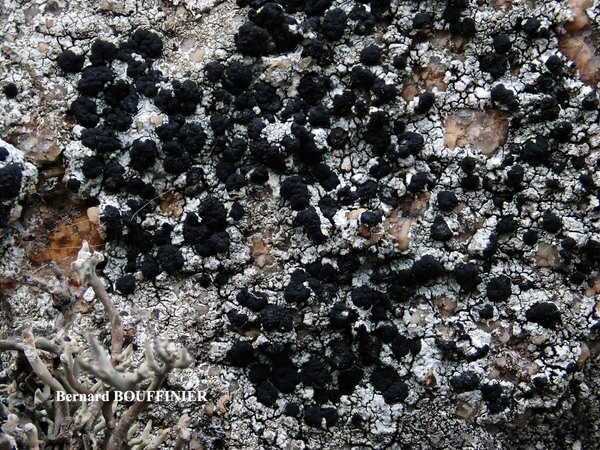
Bernard Bouffinier - Source: http://www.lichensmaritimes.org/index.php?task=fiche&lichen=113&lang=en
France, Pointe de Primel
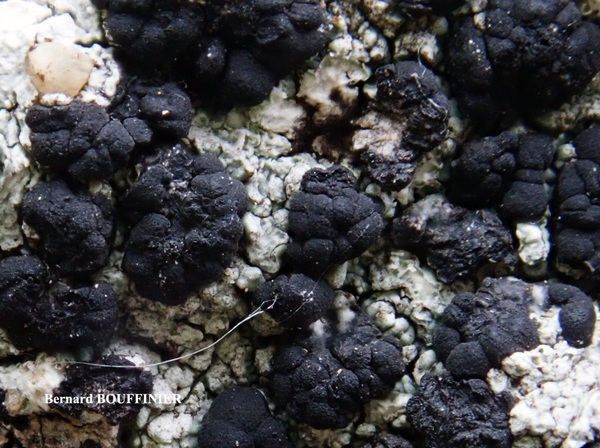
Bernard Bouffinier - Source: http://www.lichensmaritimes.org/index.php?task=fiche&lichen=113&lang=en
France, Pointe de Primel

Bernard Bouffinier - Source: http://www.lichensmaritimes.org/index.php?task=fiche&lichen=113&lang=en
France, Pointe de Primel
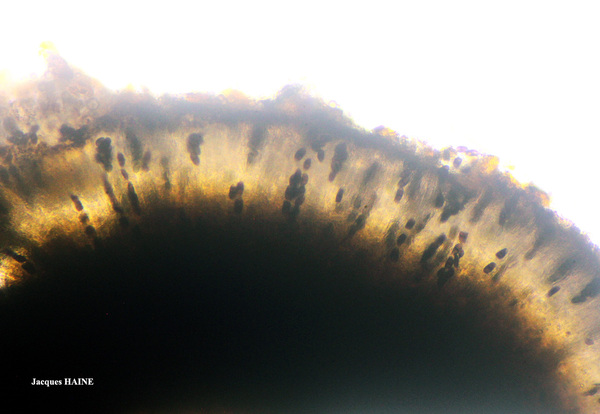
Jacques Haine - Source: http://www.lichensmaritimes.org/index.php?task=fiche&lichen=1109&lang=en
France, Pointe de Primel
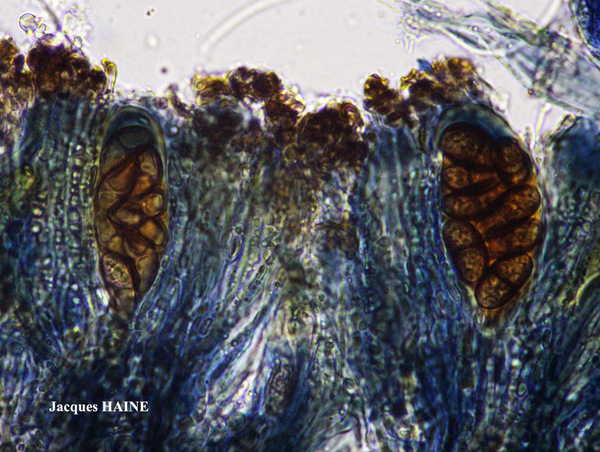
Jacques Haine - Source: http://www.lichensmaritimes.org/index.php?task=fiche&lichen=1109&lang=en
France, Pointe de Primel
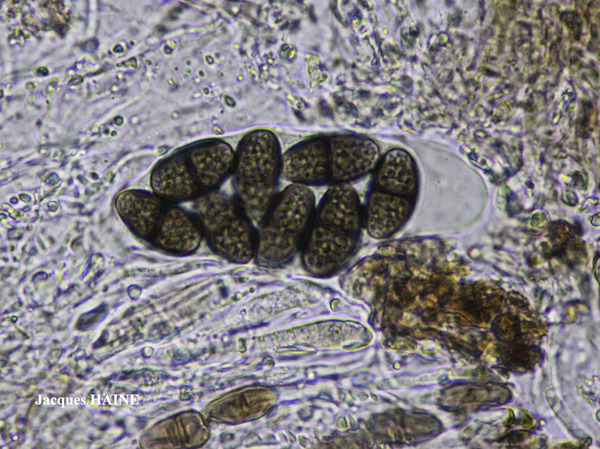
Jacques Haine - Source: http://www.lichensmaritimes.org/index.php?task=fiche&lichen=1109&lang=en
France, Pointe de Primel
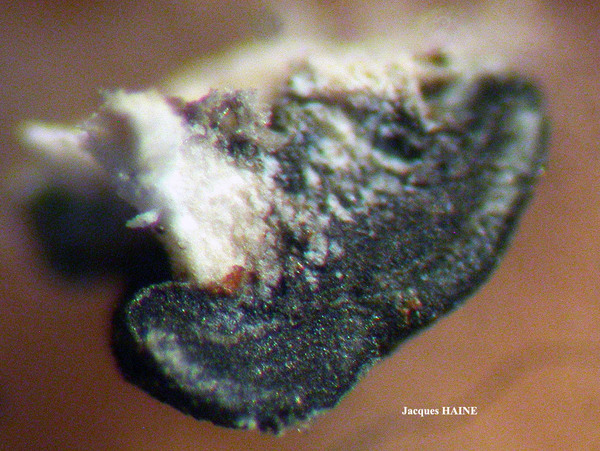
Jacques Haine - Source: http://www.lichensmaritimes.org/index.php?task=fiche&lichen=1109&lang=en
France, Pointe de Primel
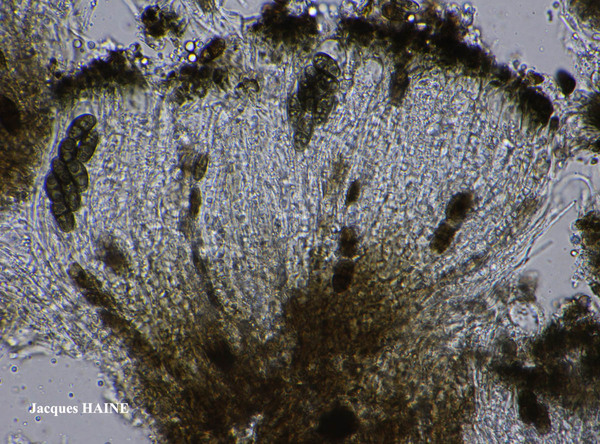
Jacques Haine - Source: http://www.lichensmaritimes.org/index.php?task=fiche&lichen=1109&lang=en
France, Pointe de Primel
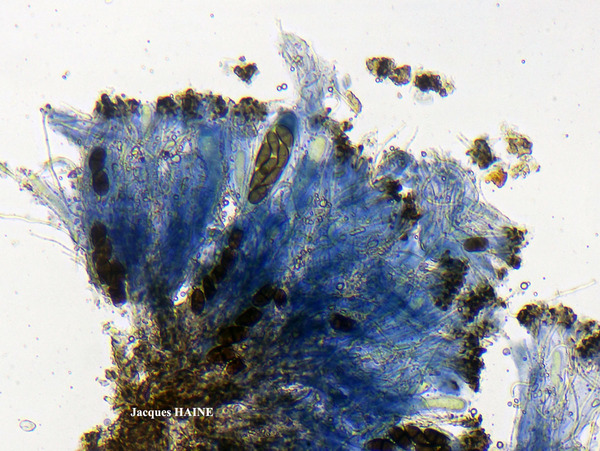
Jacques Haine - Source: http://www.lichensmaritimes.org/index.php?task=fiche&lichen=1109&lang=en
France, Pointe de Primel
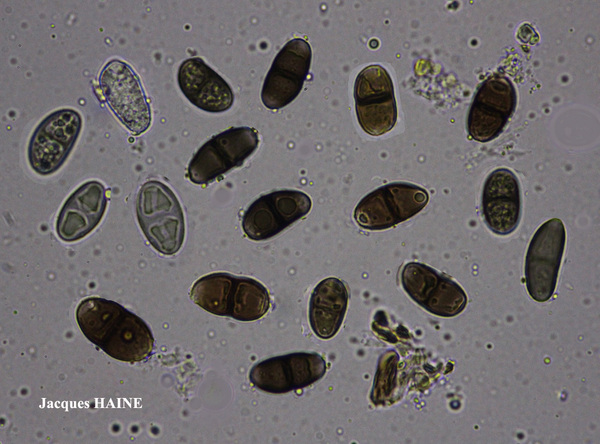
Jacques Haine - Source: http://www.lichensmaritimes.org/index.php?task=fiche&lichen=1109&lang=en
France, Pointe de Primel
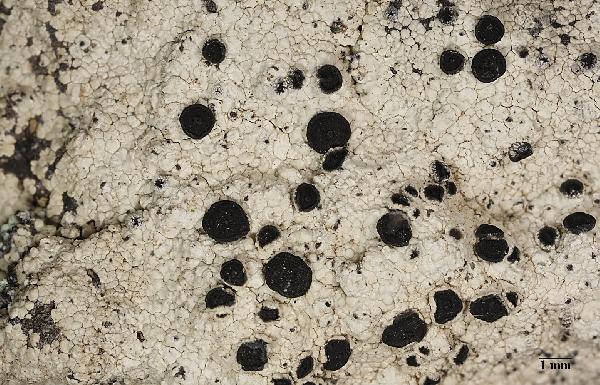
Ulrich Kirschbaum CC BY-SA 4.0 - Source: https://www.thm.de/lse/ulrich-kirschbaum/flechtenbilder
Canary Islands; La Gomera-NW; s of Vallehermoso: Camino Forestal de la Meseta. On volcanic rocks
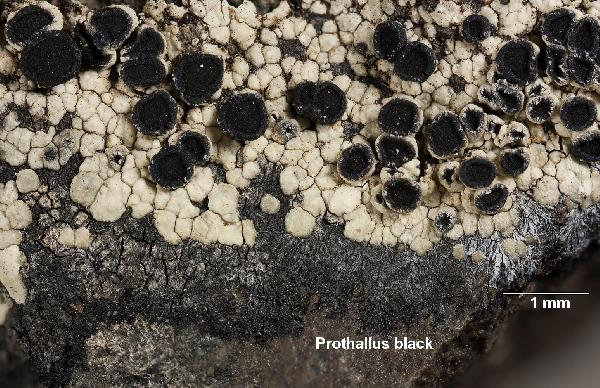
Ulrich Kirschbaum CC BY-SA 4.0 - Source: https://www.thm.de/lse/ulrich-kirschbaum/flechtenbilder
Canary Islands; La Gomera-NW; s of Vallehermoso: Camino Forestal de la Meseta. On volcanic rocks
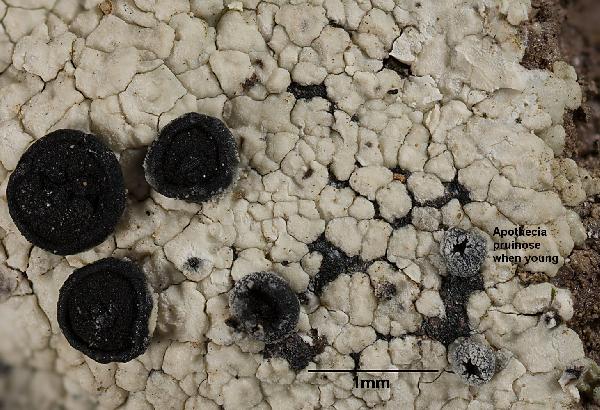
Ulrich Kirschbaum CC BY-SA 4.0 - Source: https://www.thm.de/lse/ulrich-kirschbaum/flechtenbilder
Canary Islands; La Gomera-NW; s of Vallehermoso: Camino Forestal de la Meseta. On volcanic rocks
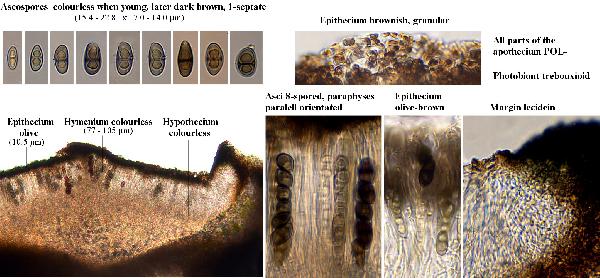
Ulrich Kirschbaum CC BY-SA 4.0 - Source: https://www.thm.de/lse/ulrich-kirschbaum/flechtenbilder
Canary Islands; La Gomera-NW; s of Vallehermoso: Camino Forestal de la Meseta. On volcanic rocks
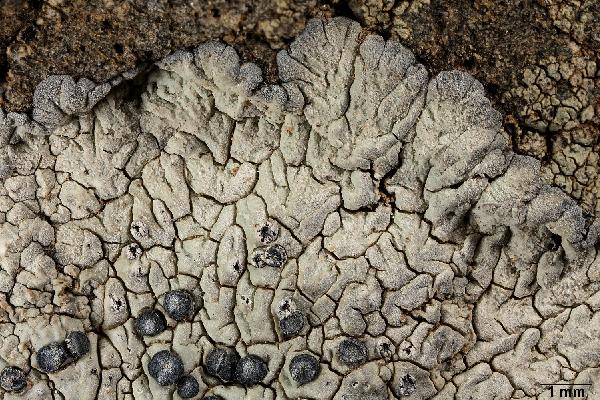
Ulrich Kirschbaum CC BY-SA 4.0 - Source: https://www.thm.de/lse/ulrich-kirschbaum/flechtenbilder
Canary Islands; La Gomera-NW; wnw of Vallehermoso: Guillama (Arguamul); coastal.
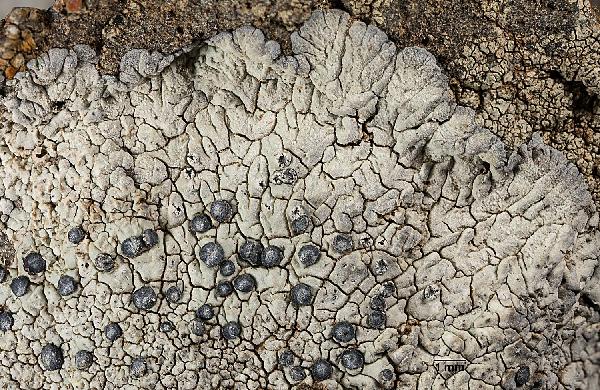
Ulrich Kirschbaum CC BY-SA 4.0 - Source: https://www.thm.de/lse/ulrich-kirschbaum/flechtenbilder
Canary Islands; La Gomera-NW; wnw of Vallehermoso: Guillama (Arguamul); coastal.
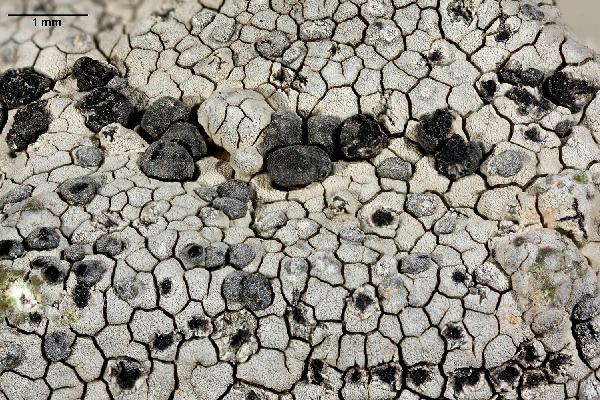
Ulrich Kirschbaum CC BY-SA 4.0 - Source: https://www.thm.de/lse/ulrich-kirschbaum/flechtenbilder
Canary Islands; La Gomera-NW; wnw of Vallehermoso: Guillama (Arguamul); coastal.
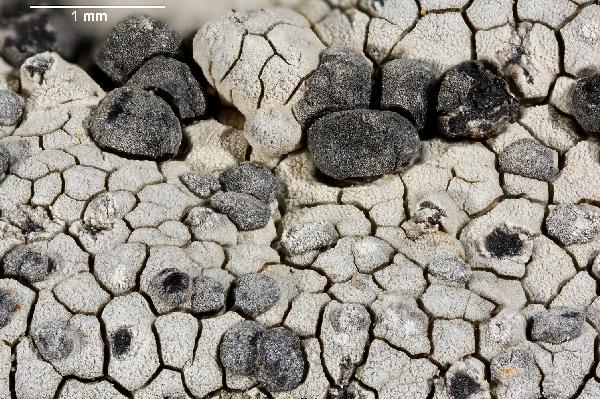
Ulrich Kirschbaum CC BY-SA 4.0 - Source: https://www.thm.de/lse/ulrich-kirschbaum/flechtenbilder
Canary Islands; La Gomera-NW; wnw of Vallehermoso: Guillama (Arguamul); coastal.
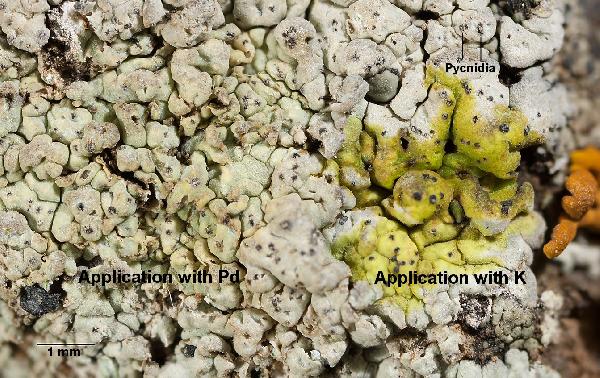
Ulrich Kirschbaum CC BY-SA 4.0 - Source: https://www.thm.de/lse/ulrich-kirschbaum/flechtenbilder
Canary Islands; La Gomera-NW; wnw of Vallehermoso: Guillama (Arguamul); coastal.
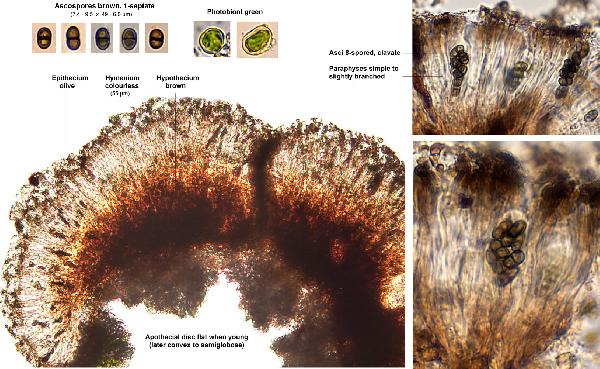
Ulrich Kirschbaum CC BY-SA 4.0 - Source: https://www.thm.de/lse/ulrich-kirschbaum/flechtenbilder
Canary Islands; La Gomera-NW; wnw of Vallehermoso: Guillama (Arguamul); coastal.
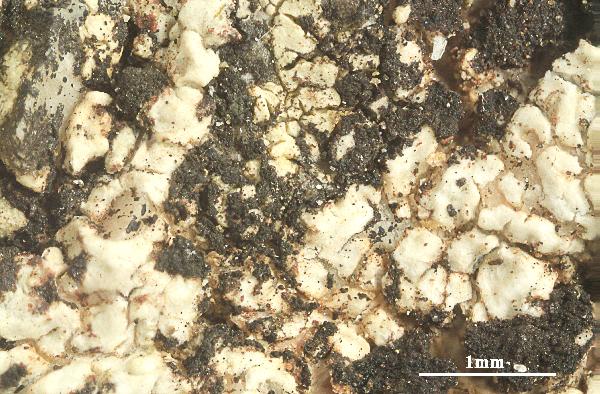

Felix Schumm - CC BY-SA 4.0
[ABL78634], Brazil, Santa Catarina, Garuva, Quiriri, track to summit
on exposed siliceous rock. 26°01'22'' S, 48°58'07'' W, 1350 m. Leg. A.
Aptroot (no 78634), 30 March 2019, det. A. Aptroot 2019.- Spores
brown, 1-septate, 8/ascus, 10.7-14.6 x 5-6.7 μm. Thallus K+ yellow, C-,
UV-.
Growth form: Crustose
Substrata: rocks
Photobiont: green algae other than Trentepohlia
Reproductive strategy: mainly sexual
Most common in areas with a humid-warm climate (e.g. most of Tyrrenian Italy)
Taxon bound to maritime-coastal situations
Commonnes-rarity: (info)
Alpine belt: absent
Subalpine belt: absent
Oromediterranean belt: absent
Montane belt: absent
Submediterranean belt: absent
Padanian area: absent
Humid submediterranean belt: absent
Humid mediterranean belt: rather rare
Dry mediterranean belt: very rare

Predictive model
| Herbarium samples |


P.L. Nimis; Owner: Department of Life Sciences, University of Trieste
Herbarium: TSB (12857)
2001/11/01


Felix Schumm; Owner: CC BY-SA 4.0
[TSB_12857], Italy, Tuscany, Prov. Livorno, Island of Capraia, 10 m , on tuff near the coast. Leg. P.L. Nimis, M. Tretiach, M. Castello, 04.1988. Rev. Ch. Scheidegger, 1989


Felix Schumm; Owner: CC BY-SA 4.0
[TSB_12857], Italy, Tuscany, Prov. Livorno, Island of Capraia, 10 m , on tuff near the coast. Leg. P.L. Nimis, M. Tretiach, M. Castello, 04.1988. Rev. Ch. Scheidegger, 1989


Felix Schumm; Owner: CC BY-SA 4.0
[TSB_12857], Italy, Tuscany, Prov. Livorno, Island of Capraia, 10 m , on tuff near the coast. Leg. P.L. Nimis, M. Tretiach, M. Castello, 04.1988. Rev. Ch. Scheidegger, 1989


Felix Schumm; Owner: CC BY-SA 4.0
[TSB_12857], Italy, Tuscany, Prov. Livorno, Island of Capraia, 10 m , on tuff near the coast. Leg. P.L. Nimis, M. Tretiach, M. Castello, 04.1988. Rev. Ch. Scheidegger, 1989


Felix Schumm - CC BY-SA 4.0
[TSB_12857], Italy, Tuscany, Prov. Livorno, Island of Capraia, 10 m , on tuff near the coast. Leg. P.L. Nimis, M. Tretiach, M. Castello, 04.1988. Rev. Ch. Scheidegger, 1989


Felix Schumm - CC BY-SA 4.0
[TSB_12857], Italy, Tuscany, Prov. Livorno, Island of Capraia, 10 m , on tuff near the coast. Leg. P.L. Nimis, M. Tretiach, M. Castello, 04.1988. Rev. Ch. Scheidegger, 1989


Felix Schumm - CC BY-SA 4.0
[TSB_12857], Italy, Tuscany, Prov. Livorno, Island of Capraia, 10 m , on tuff near the coast. Leg. P.L. Nimis, M. Tretiach, M. Castello, 04.1988. Rev. Ch. Scheidegger, 1989


Felix Schumm - CC BY-SA 4.0
[TSB_12857], Italy, Tuscany, Prov. Livorno, Island of Capraia, 10 m , on tuff near the coast. Leg. P.L. Nimis, M. Tretiach, M. Castello, 04.1988. Rev. Ch. Scheidegger, 1989


Felix Schumm - CC BY-SA 4.0
[TSB_12857], Italy, Tuscany, Prov. Livorno, Island of Capraia, 10 m , on tuff near the coast. Leg. P.L. Nimis, M. Tretiach, M. Castello, 04.1988. Rev. Ch. Scheidegger, 1989


Felix Schumm - CC BY-SA 4.0
[TSB_12857], Italy, Tuscany, Prov. Livorno, Island of Capraia, 10 m , on tuff near the coast. Leg. P.L. Nimis, M. Tretiach, M. Castello, 04.1988. Rev. Ch. Scheidegger, 1989

Courtesy Danièle et Olivier Gonnet - Source: https://www.afl-lichenologie.fr/Photos_AFL/Photos_AFL_B/Buellia_subdisciformis.htm
France, Ajaccio, Pointe de la Parata, alt.5 m - Corse
11/10/2018

Courtesy Danièle et Olivier Gonnet - Source: https://www.afl-lichenologie.fr/Photos_AFL/Photos_AFL_B/Buellia_subdisciformis.htm
France, Ajaccio, Pointe de la Parata, alt.5 m - Corse
11/10/2018

Michel David - Source: http://www.lichensmaritimes.org/index.php?task=fiche&lichen=113&lang=en
France, Cap de la Chèvre

Michel David - Source: http://www.lichensmaritimes.org/index.php?task=fiche&lichen=113&lang=en
France, Cap de la Chèvre

Michel David - Source: http://www.lichensmaritimes.org/index.php?task=fiche&lichen=113&lang=en
France, Pointe de Pen-Hir

Michel David - Source: http://www.lichensmaritimes.org/index.php?task=fiche&lichen=113&lang=en
France, Pointe de Rostudel

Bernard Bouffinier - Source: http://www.lichensmaritimes.org/index.php?task=fiche&lichen=113&lang=en
France, Le Toulinguet

Bernard Bouffinier - Source: http://www.lichensmaritimes.org/index.php?task=fiche&lichen=113&lang=en
France, Le Toulinguet

Bernard Bouffinier - Source: http://www.lichensmaritimes.org/index.php?task=fiche&lichen=113&lang=en
France, Le Toulinguet

Bernard Bouffinier - Source: http://www.lichensmaritimes.org/index.php?task=fiche&lichen=113&lang=en
France, Landevennec

Jacques Haine - Source: http://www.lichensmaritimes.org/index.php?task=fiche&lichen=113&lang=en
France, Roscanvel

Jacques Haine - Source: http://www.lichensmaritimes.org/index.php?task=fiche&lichen=113&lang=en
France, Roscanvel

Jacques Haine - Source: http://www.lichensmaritimes.org/index.php?task=fiche&lichen=113&lang=en
France, Roscanvel

Jacques Haine - Source: http://www.lichensmaritimes.org/index.php?task=fiche&lichen=113&lang=en
France, Roscanvel

Bernard Bouffinier - Source: http://www.lichensmaritimes.org/index.php?task=fiche&lichen=113&lang=en
France, Pointe de Primel

Bernard Bouffinier - Source: http://www.lichensmaritimes.org/index.php?task=fiche&lichen=113&lang=en
France, Pointe de Primel

Bernard Bouffinier - Source: http://www.lichensmaritimes.org/index.php?task=fiche&lichen=113&lang=en
France, Pointe de Primel

Bernard Bouffinier - Source: http://www.lichensmaritimes.org/index.php?task=fiche&lichen=113&lang=en
France, Pointe de Primel

Bernard Bouffinier - Source: http://www.lichensmaritimes.org/index.php?task=fiche&lichen=113&lang=en
France, Pointe de Primel

Jacques Haine - Source: http://www.lichensmaritimes.org/index.php?task=fiche&lichen=1109&lang=en
France, Pointe de Primel

Jacques Haine - Source: http://www.lichensmaritimes.org/index.php?task=fiche&lichen=1109&lang=en
France, Pointe de Primel

Jacques Haine - Source: http://www.lichensmaritimes.org/index.php?task=fiche&lichen=1109&lang=en
France, Pointe de Primel

Jacques Haine - Source: http://www.lichensmaritimes.org/index.php?task=fiche&lichen=1109&lang=en
France, Pointe de Primel

Jacques Haine - Source: http://www.lichensmaritimes.org/index.php?task=fiche&lichen=1109&lang=en
France, Pointe de Primel

Jacques Haine - Source: http://www.lichensmaritimes.org/index.php?task=fiche&lichen=1109&lang=en
France, Pointe de Primel

Jacques Haine - Source: http://www.lichensmaritimes.org/index.php?task=fiche&lichen=1109&lang=en
France, Pointe de Primel

Ulrich Kirschbaum CC BY-SA 4.0 - Source: https://www.thm.de/lse/ulrich-kirschbaum/flechtenbilder
Canary Islands; La Gomera-NW; s of Vallehermoso: Camino Forestal de la Meseta. On volcanic rocks

Ulrich Kirschbaum CC BY-SA 4.0 - Source: https://www.thm.de/lse/ulrich-kirschbaum/flechtenbilder
Canary Islands; La Gomera-NW; s of Vallehermoso: Camino Forestal de la Meseta. On volcanic rocks

Ulrich Kirschbaum CC BY-SA 4.0 - Source: https://www.thm.de/lse/ulrich-kirschbaum/flechtenbilder
Canary Islands; La Gomera-NW; s of Vallehermoso: Camino Forestal de la Meseta. On volcanic rocks

Ulrich Kirschbaum CC BY-SA 4.0 - Source: https://www.thm.de/lse/ulrich-kirschbaum/flechtenbilder
Canary Islands; La Gomera-NW; s of Vallehermoso: Camino Forestal de la Meseta. On volcanic rocks

Ulrich Kirschbaum CC BY-SA 4.0 - Source: https://www.thm.de/lse/ulrich-kirschbaum/flechtenbilder
Canary Islands; La Gomera-NW; wnw of Vallehermoso: Guillama (Arguamul); coastal.

Ulrich Kirschbaum CC BY-SA 4.0 - Source: https://www.thm.de/lse/ulrich-kirschbaum/flechtenbilder
Canary Islands; La Gomera-NW; wnw of Vallehermoso: Guillama (Arguamul); coastal.

Ulrich Kirschbaum CC BY-SA 4.0 - Source: https://www.thm.de/lse/ulrich-kirschbaum/flechtenbilder
Canary Islands; La Gomera-NW; wnw of Vallehermoso: Guillama (Arguamul); coastal.

Ulrich Kirschbaum CC BY-SA 4.0 - Source: https://www.thm.de/lse/ulrich-kirschbaum/flechtenbilder
Canary Islands; La Gomera-NW; wnw of Vallehermoso: Guillama (Arguamul); coastal.

Ulrich Kirschbaum CC BY-SA 4.0 - Source: https://www.thm.de/lse/ulrich-kirschbaum/flechtenbilder
Canary Islands; La Gomera-NW; wnw of Vallehermoso: Guillama (Arguamul); coastal.

Ulrich Kirschbaum CC BY-SA 4.0 - Source: https://www.thm.de/lse/ulrich-kirschbaum/flechtenbilder
Canary Islands; La Gomera-NW; wnw of Vallehermoso: Guillama (Arguamul); coastal.


 INDEX FUNGORUM
INDEX FUNGORUM
 GBIF
GBIF
 DOLICHENS
DOLICHENS



